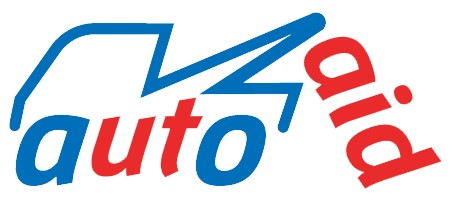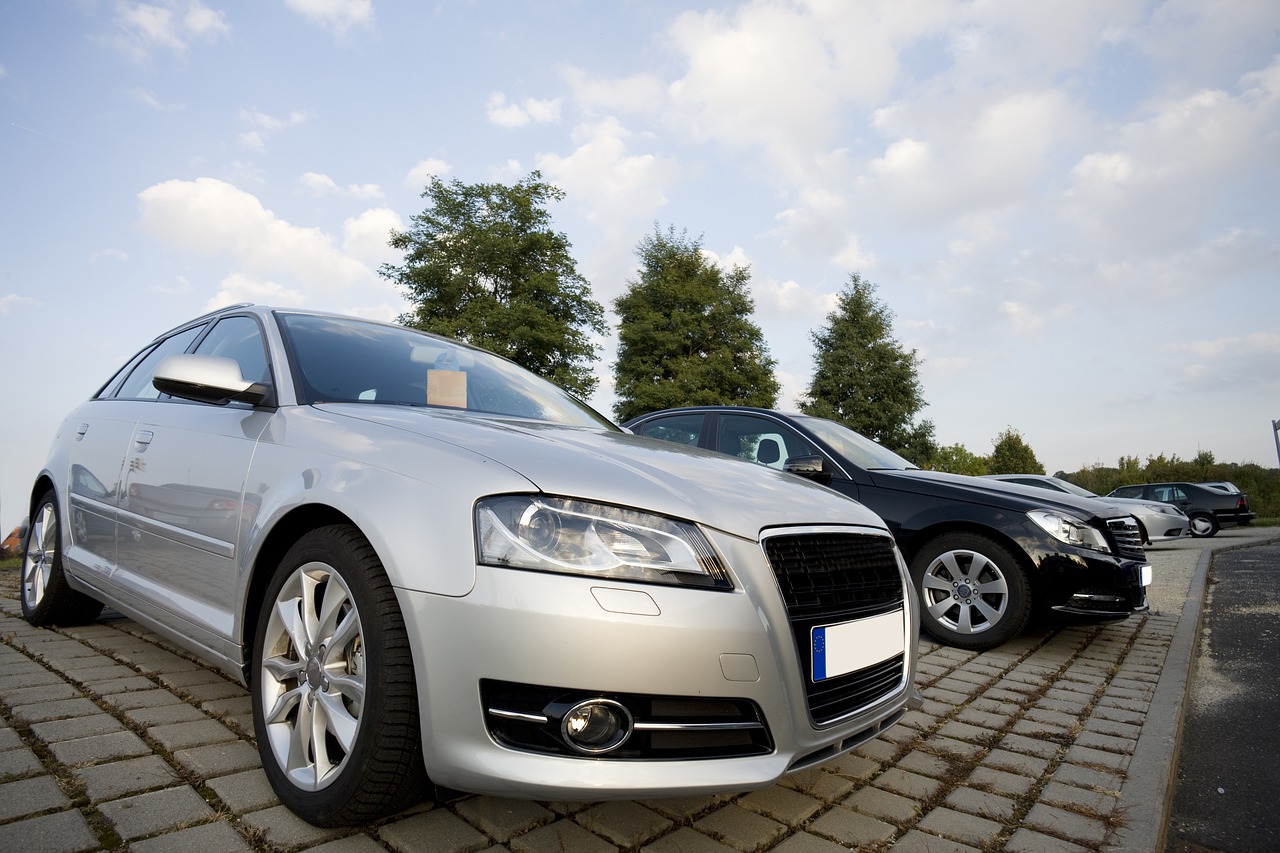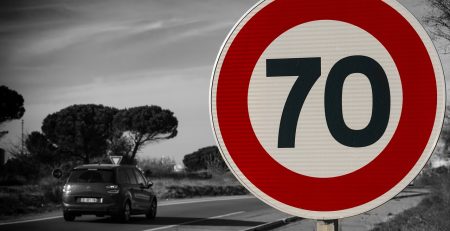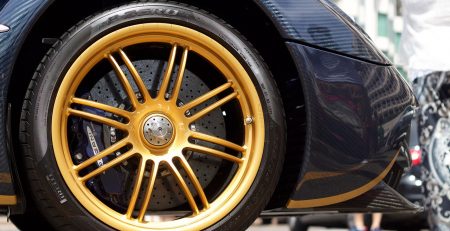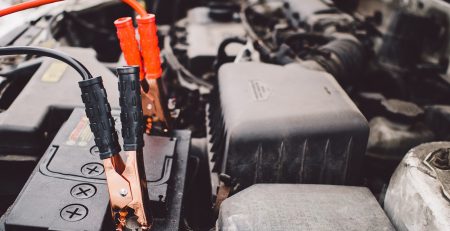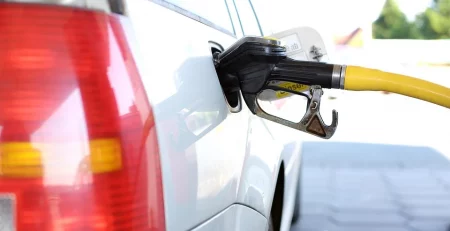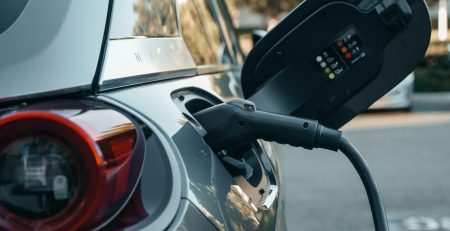Statistics are starting to show what we have suspected for some time, in that car owners are currently keeping hold of their vehicles for longer. With new car sales dropping (particulary diesel) and with the average age of cars on Britains roads at between 6-8 years, it seems that cars are either becoming more reliable, or financial and political influences are putting off more of us from ‘buying new’.
So, with the 2nd hand market more buoyant as a result, and with private car sales not likely to include much or any remaining manufacturer warranty (especially on cars over 3 years old), buyers need to by a little more aware when considering a 2nd hand purchase, even if from a dealer.
Whilst purchases from car dealers offer a consumer slightly more ‘rights’, it is still prudent to undertake your own due diligence when viewing a new set of wheels. It’s always worth considering an independent inspection if you aren’t confident enough, or knowledgable enough to know what to look for yourself. A £200 inspection would ultimately save you thousands of pounds and lots of hassle.
However, you could begin by making some provisional ‘checks’ before you’ve even set eyes on the car in person by visiting the very useful DVLA website. It’s sometimes interesting to check the MOT history of a car; not only to see if previous fails or recommendations have been correctly remedied, but also so you can check the mileage growth across a period of time. This sometimes help you see if the car had been laid up for a while for example. You can check a car’s MOT history, for free, here.
An HPI check is sometimes included with a full vehicle inspection but if not, or if you aren’t going to have the car physically checked over, it’ll at least be worth running a HPI check. These checks cost between £10 and £25 typically and can give you all sorts of useful information about the car including if there is any outstanding finance remaining on it, if it’s ever been declared written off, or if it’s ever had different number plates. You can also cross check the car registration number with the chassis number which helps identify cloned or ‘ringed’ cars.
When you yourself view the car, walk around it a few times. Look for tyre wear. Is the wear even? Do the tyres match? Are the tyres rotational and if so, have they been fitted the right way? Any oil leaks below? Any rust? Are all the panel gaps even and is any of the paint duller or shinier than the rest?
Then look closer at the car. Pop the bonnet and check the oil;. Is it thick and black? If so it needs a change and is possibly a sign of wear and/or a poor service history. Is the oil low? This could mean the engine is wearing as a result (and the engine may sound tappety). Check for simpler things too…does the ashtray on the car look like it’s been used before? Are the seats and upholstery in good condition as this can often be an expensive fix.
And don’t assume that because a car has an MOT it has a clean bill of health. When was the car last MOT’d? If it was recently, does this suggest the car was MOT’d specifically to be sold, and have any advisories been addressed? Where was the MOT undertaken? If miles from the sellers location, think why?
Ask the seller to start the car. Listen for how easily it fires and stand behind the car to see if there are any puffs of smoke. A blue puff often means ‘oil’ so this could be a worn engine. Check the car temperature gauge at this stage too. If the car is already showing as ‘warm’, does this mean the seller had started it just before your arrival to hide difficult starting or any other issue?
Finally, regardless of whether you buy a car from a dealer, or privately, always check the V5 document. DVLA sometimes write notes of his document including whether the car had been imported or had any particular damage recorded. Is the V5 in the sellers name? And if you do buy, ALWAYS ask for a receipt. This not only helps prove you are the legal owner, but also helps if you are stopped on your way home by the police. And it’s worth printing off your car insurance documents too for a new vehicle, as sometimes please ANPR doesn’t immediately pick up database changes and having documents to hand could save you from a prolonged roadside chat…

